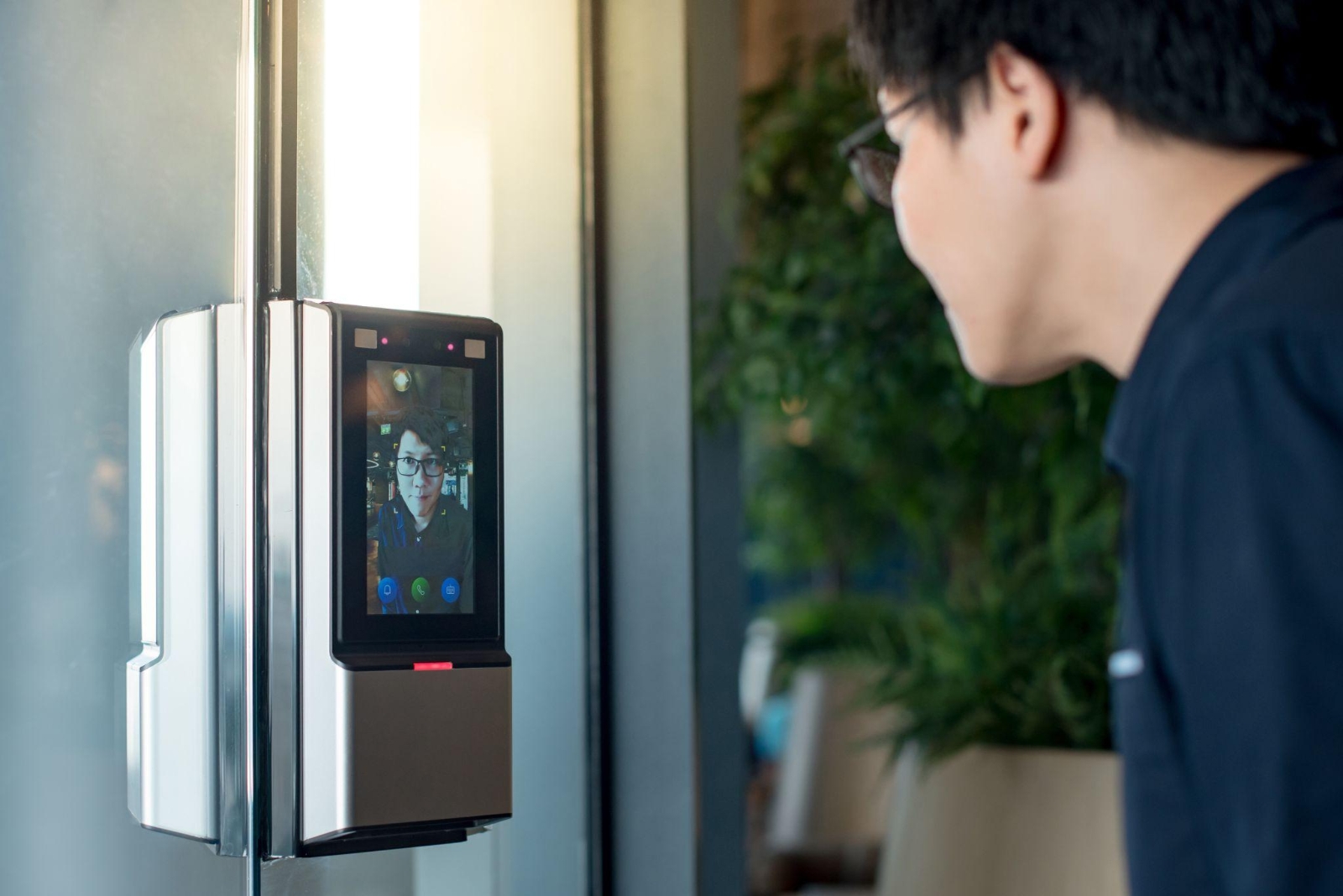Introduction to Door Access Control Systems
In today’s high-security climate, door access control systems have become indispensable for businesses and organizations. They provide a robust mechanism to regulate and monitor access to physical spaces, ensuring only authorized individuals can enter specific areas. This heightened security is crucial in safeguarding sensitive data, valuable assets, and the well-being of personnel. Find the guide of Door Access Control System Installation.
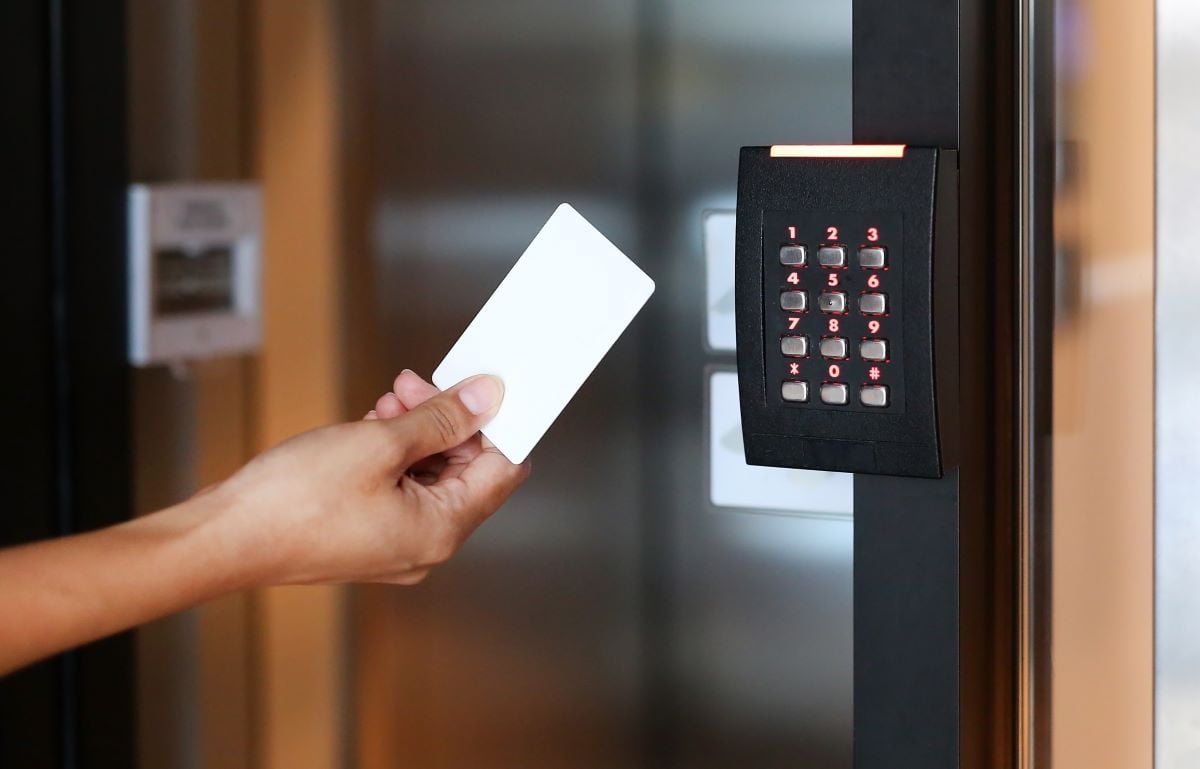
Planning the Door Access Control System Installation
Assessing Security Needs
Before starting the installation, conducting a thorough assessment of your security needs is critical. This involves analyzing your current security infrastructure, identifying vulnerabilities, and outlining specific goals for the new system. Begin by mapping out all access points within the facility. This includes main entrances, secondary exits, sensitive areas like server rooms, and restricted zones.
Understanding traffic patterns is also essential. Determine which areas experience the most foot traffic and identify who needs access to each zone. This helps in deciding where to place the access control points effectively. In addition, consider any regulatory requirements or industry standards your organization must comply with. These can influence the choice and configuration of the system.
Moreover, involve key stakeholders in the planning process. Security teams, IT departments, facility managers, and even human resources can provide valuable insights into the system’s design and functionality. Their input ensures that the system meets the organization’s diverse needs and integrates smoothly with existing processes.
Once the assessment is complete, document your findings and create a detailed plan outlining the system’s scope, objectives, and required resources. This plan serves as a roadmap for the installation process, ensuring all necessary aspects are considered.
Selecting the Right System and Vendor
With a clear understanding of your security needs, the next step is selecting the most suitable access control system and vendor. Begin by researching different systems and comparing their features, ease of use, scalability, and cost. Ensure the system can scale with your growing needs and integrate with other security measures.
Vendor selection is equally vital. Choose a reputable vendor with a proven track record in installing and maintaining access control systems. Look for customer reviews and testimonials to gauge their reliability and customer service. Additionally, inquire about their post-installation support and maintenance services. A reliable vendor should offer continuous support to ensure the system’s optimal performance.
Request detailed proposals from multiple vendors, including cost estimates, installation timelines, and system features. Comparing these proposals helps in making an informed decision that balances cost, quality, and functionality. Pay particular attention to any additional fees or hidden costs that may arise during the installation process.
Finally, consider scheduling consultations or site visits with shortlisted vendors. This provides an opportunity to discuss your specific needs in detail and assess their capability to deliver. A vendor willing to invest time in understanding your requirements and providing tailored solutions is likely a good fit.
Budgeting and Scheduling
Budgeting for an access control system involves more than just the initial purchase price. Factor in costs related to installation, training, maintenance, and potential future expansions. A comprehensive budget ensures you have the necessary resources to complete the project without financial strain.
Break down the costs into categories such as hardware, software, installation labor, training, and ongoing support. This detailed approach helps in identifying potential savings and prioritizing expenditures. Also, consider any necessary upgrades to your existing infrastructure, such as wiring or network enhancements.
Create a realistic installation timeline that accounts for planning, procurement, installation, testing, and training. Coordinate with the chosen vendor to align their schedule with your operational needs, minimizing disruption. Additionally, plan for contingencies in case of unexpected delays or challenges.
Effective budgeting and scheduling ensure a smooth installation process, allowing you to stay on track and within budget. With a solid plan in place, you are ready to move on to the actual installation phase.
Door Access Control System Installation Process
Preparing the Site
Before the actual installation begins, preparing the site is crucial for a seamless process. This involves ensuring all necessary infrastructure is in place, including electrical outlets, network connections, and adequate space for hardware components.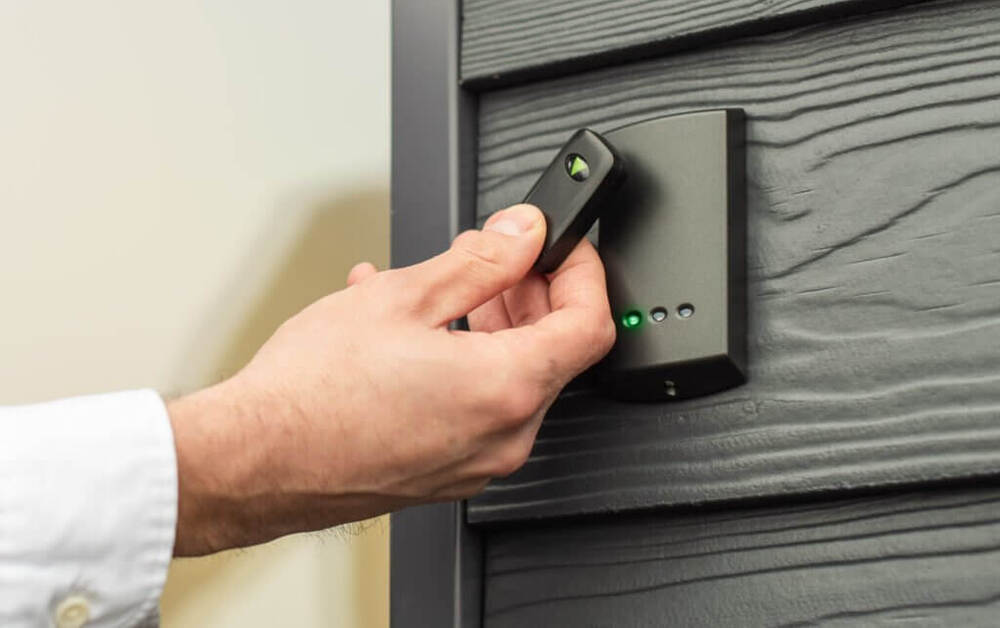
Start by conducting a thorough walkthrough of the site with your vendor. Identify the locations for access control points, control panels, and any additional equipment. Mark these locations clearly to avoid confusion during installation.
Ensure that all existing doors and entry points are compatible with the new system. You may need to make modifications or upgrades to certain doors to support the access control hardware. This could include reinforcing doors, installing door strikes, or adding electronic locks.
Additionally, check the network infrastructure to ensure it can support the new system. Access control systems often rely on network connectivity for real-time monitoring and management. Ensure there is adequate bandwidth and that the network is secure.
Finally, coordinate with your vendor to schedule the installation at a time that minimizes disruption to your operations. This may involve planning for installation during off-peak hours or weekends.
Hardware Door Access Control System Installation
The hardware installation phase involves setting up all physical components of the access control system. This includes installing door readers, control panels, electronic locks, and any additional sensors or accessories.
Begin by installing the door readers at the designated entry points. These readers are the primary interface between users and the access control system. Ensure that readers are installed at a convenient height and location for easy access. Securely mount the readers, following the manufacturer’s guidelines to ensure reliable operation.
Next, install the control panels, which serve as the system’s central hub. These panels typically need to be placed in secure, accessible locations. Connect the control panels to the readers and locks using appropriate cabling. Ensure all connections are secure and labeled for easy identification.
Install the electronic locks on the doors, ensuring they are aligned properly and operate smoothly. Test each lock to ensure it engages and disengages correctly when activated by the reader. Any alignment issues should be addressed promptly to ensure reliable operation.
Finally, set up any additional sensors or accessories, such as motion detectors, door position sensors, or buzzers. These components enhance the system’s functionality by providing additional layers of security and monitoring.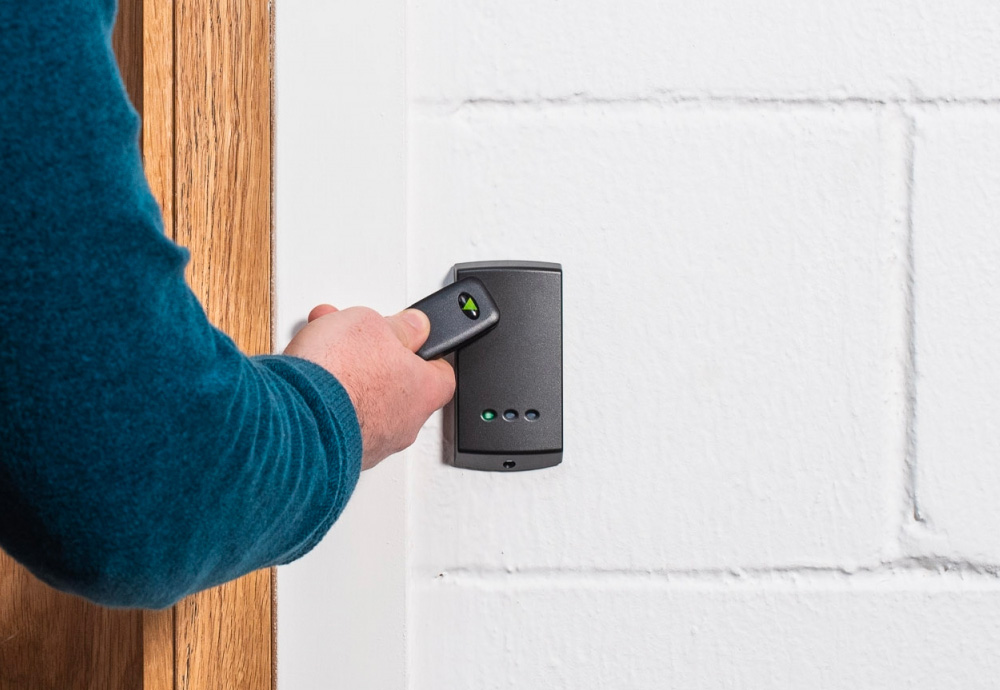
Software Configuration
With the hardware installed, the next step is configuring the software that manages the access control system. This involves setting up the user database, defining access levels, and configuring system settings.
Begin by installing the access control software on a dedicated server or computer. Follow the vendor’s instructions for installation, ensuring all necessary dependencies and configurations are met. Once installed, set up the system administration credentials and secure the software against unauthorized access.
Create a user database, entering the necessary information for each individual who needs access. This may include names, roles, contact information, and assigned credentials (e.g., keycards, biometrics, or PINs). Define the access levels for each user, specifying which areas they can access and during what times.
Configure system settings, such as entry and exit logs, alerts for unauthorized access, and integration with other security systems. Ensure that all settings align with your security policies and operational requirements.
Test the system thoroughly to ensure it operates as expected. This includes verifying that credentials provide the correct access, system logs are accurate, and alerts are triggered appropriately. Address any issues or adjustments needed to ensure optimal performance.
Maintenance after Door Access Control System Installation
Employee Training
Once the system is installed and configured, training employees on its use is crucial. Effective training ensures that users can interact with the system efficiently and correctly, reducing potential security risks.
Conduct training sessions for different groups of users based on their roles and access levels. Provide comprehensive training for system administrators, covering all aspects of system management, troubleshooting, and reporting. For general users, focus on the basics of accessing the system, using their credentials, and following security protocols.
Provide training materials such as user manuals, quick reference guides, and video tutorials. These resources serve as valuable references for users, helping them retain and apply what they learned during training.
Periodically refresh training to cover any system updates, changes in security policies, or to onboard new employees. Regular training ensures that all users remain proficient in using the system and adhere to security protocols.
Regular Maintenance and Monitoring
Regular maintenance is essential to ensure the ongoing reliability and security of the access control system. Develop a maintenance schedule that includes regular system checks, software updates, and hardware inspections.
Perform routine inspections of all hardware components, checking for any signs of wear, damage, or malfunction. Ensure that door readers, control panels, and locks operate smoothly and securely. Address any issues promptly to avoid compromising security.
Keep the system software updated with the latest patches and versions. Software updates often include security enhancements and new features that improve system performance. Regularly back up system data to prevent data loss in case of hardware failure or cyberattacks.
Monitor system logs and alerts to identify any unusual activity or potential security breaches. Regular monitoring helps in detecting and addressing issues proactively, maintaining the system’s integrity.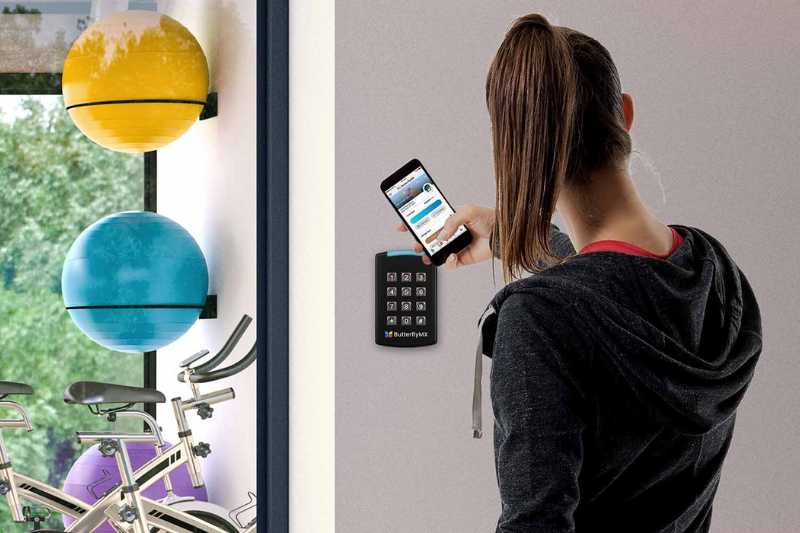
Reviewing and Enhancing Security
Security needs evolve, and it’s essential to periodically review and enhance your access control system. Conduct regular audits to assess the system’s effectiveness and identify any vulnerabilities or areas for improvement.
Stay informed about the latest security trends and technologies. Consider integrating new features or upgrading components to keep your system up-to-date and resilient against emerging threats.
Engage with your vendor for periodic reviews and support. Vendors often offer expert insights and recommendations for optimizing the system based on their extensive experience and knowledge.
By continuously reviewing and enhancing your access control system, you ensure it remains robust, secure, and aligned with your organizational goals.
Conclusion
Installing a door access control system involves careful planning, selection, and execution to ensure enhanced security and operational efficiency. Understanding the importance of access control, assessing security needs, and selecting the right system and vendor are crucial first steps. The door Access Control System Installation process includes preparing the site, installing hardware, and configuring software to ensure seamless operation.
Post-installation activities like employee training, regular maintenance, and periodic reviews ensure the system’s ongoing reliability and security. A well-implemented access control system provides peace of mind, knowing that your physical spaces and valuable assets are well-protected.
By following this comprehensive guide, you can effectively install and manage a door access control system that meets your specific needs, ensuring a secure and efficient environment.
